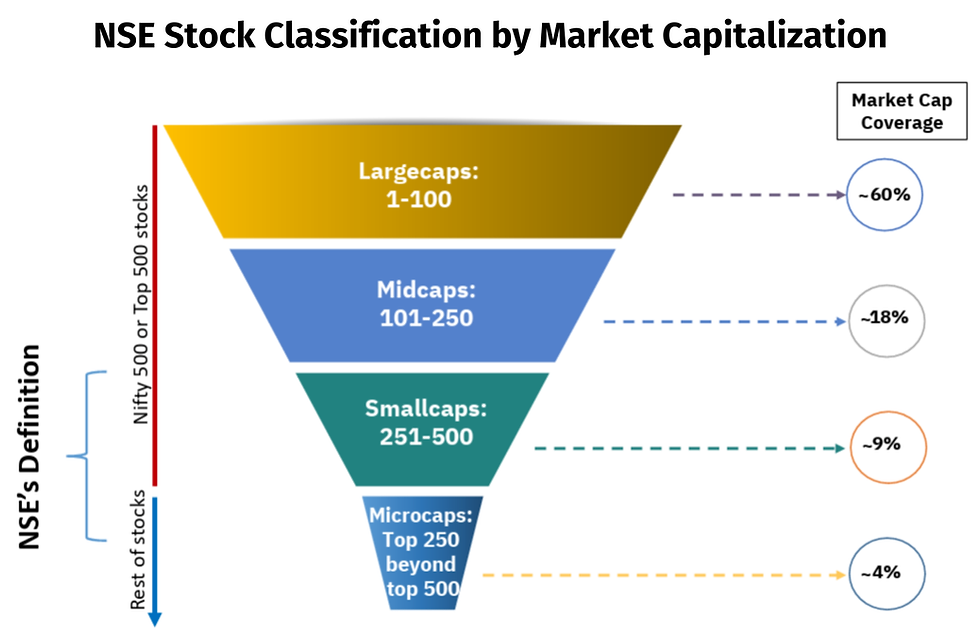The Financial Planner's Role In Retirement Planning
- Akshay Nayak
- Aug 9, 2024
- 4 min read
In the past I have always spoken about retirement planning from the point of view of the individual. I have often mentioned that it is advisable to seek professional help with regard to retirement planning. But I have never spoken about the role of a financial planner in the exercise of retirement planning. At first glance, it would seem like the planner's role in retirement planning mainly centres around creating and managing a retirement corpus. But, there are a number of other aspects where the planner plays an equally important role. So today, I will cover those aspects.
The planner must first see whether the client already has a specific retirement plan in place. If yes, then the plan must be assessed for feasibility and practicality. For instance, let us say that a couple who are 35 with a monthly rental income of Rs 3 lakh and current monthly expenses of Rs 1 lakh wish to retire immediately. This is because they believe that their rental income is considerably higher than their current monthly expenses. This would allow them to comfortably meet their expenses. They would also be able to generate monthly savings of Rs 2 lakh in retirement. But this plan is flawed on two fronts.
Firstly, the couple is not accounting for the effects of inflation in the future. The real worth of their future rental income and monthly savings would drastically reduce thanks to inflation. This would put the couple's finances under severe stress. Secondly the couple has no contingency plan for a situation where there is a sustained period during which their rental property lies vacant, thus leading to a stoppage in the inflow of their rental income. In such a case, the advisor must make the couple aware of these facts and honestly inform them that they are not ready to retire just yet. The advisor must then suggest strategies that can be employed to allow them to retire early. Given the couple’s circumstances the size of the corpus they would need to retire comfortably is given in the graphic that follows.

Once a broad plan is in place, the advisor must establish contingency plans to serve as a safety net. They must be created in light of the risks associated with the primary plan. For instance, let us say that there is an entrepreneur who loves their job. So they wish to carry on working until they can physically continue to do so. Here the need for a retirement plan is seemingly minimised. But taking this path comes with its own risks.
What if the entrepreneur loses their zeal for the business over time? What if physical and mental deterioration over time does not allow them to work to their full potential? What if severe business losses lead to a drastic drop or complete stoppage in income? These are situations that cannot be responded to on the spot. They therefore require prior foresight, analysis and preparation. The planner must identify these risks and bring them to the entrepreneur's attention. Both parties may then collaborate and develop contingency plans against these possibilities.
In the case of salaried individuals, planners have a few additional responsibilities. Firstly they must educate clients on the features and nuances of the defined retirement contribution scheme offered by their employers. Some employers offer the Employee Provident Fund (EPF), while others offer the National Pension System (NPS). Both these schemes have a unique set of features and nuances.
The EPF provides relatively more stable returns and better access to the maturity amount in terms of flexibility and tax efficiency. But contributions to an EPF account are mandatory, and employees lack the ability to choose how their contributions are spread across various asset classes.

The NPS on the other hand allows greater flexibility with regard to the asset mix of contributions. But this is offset by the heightened variability of NPS returns. Also, 40% of the maturity amount is locked into an annuity that pays a fixed and taxable interest. This is true when the withdrawal is made at age 60. The case would be different if the withdrawal is made before 60. Here 80% of the amount withdrawn would be locked into the annuity. Planners must explain the nuances of the relevant contribution scheme the client has subscribed to. This would help clients structure their contributions to derive optimal benefits from them.
Planners also need to help clients identify their various sources of income in retirement. It is also important to consider the tax implications applicable to each source of a client’s retirement income. This would help limit the amount of taxable income the client recieves during a year. This would ensure optimal tax efficiency for the client. Deciding on an ideal portfolio withdrawal rate every year is also key. Relying on outdated thumb rules such as the 4% rule or government security yield + 1.5% would lead to less than satisfactory results. One potential solution to quantify annual withdrawals is to define an upper spending limit for each year. The spending limited can be reviewed and revised each year. An illustrative example of this is given below.

Clearly, the role of a planner in the exercise of retirement planning extends way beyond what is easily apparent. Planners would have a role to play during every phase of the retirement planning process. The accumulation phase would test their technical acumen and knowledge of various investment products. The period after the client’s retirement brings the planner's analytical skills and professional judgement into greater focus. And each of these phases presents the planner with its own set of challenges. Therefore, viewing their role in retirement planning in a restricted sense would not do them justice. This is because retirement planning is an exercise that demands a variety of skill sets from the planner and tests each one of those skills.



Comments